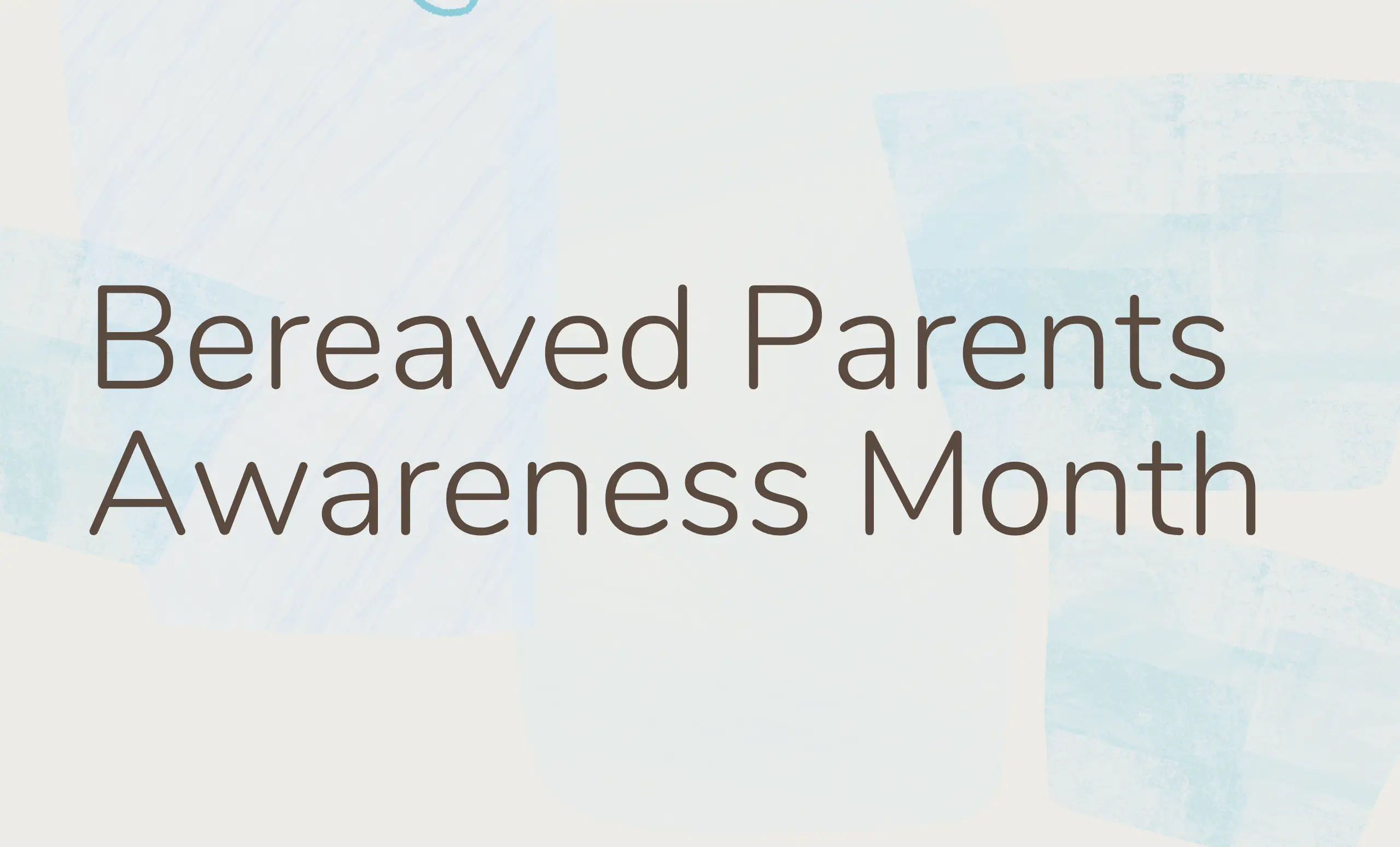March 19th, 2020
After much careful thought and consideration, Tu Nidito has decided to suspend all support groups until at least April 6, when we will reevaluate the need for continued closure.
Grief work is ongoing and we completely understand that it can’t be put on hold. Therefore, we are sharing activities and curriculum that we would typically be doing during our support groups right here on the blog! These are ideal for anyone dealing with grief, and are customized for you to do easily at home as a family, complete with tips, photos and videos. We are also sharing articles and resources specific to finding comfort and support during the COVID-19 Pandemic in our resource library.
If have questions or would like further guidance or support, contact us! We are still available by phone and email. Leave us a message and we will get back to you promptly!
(520) 322-9155 | [email protected]

Adults and Caregivers:
Participate in the above activities with you children! Refer to the attached article from the Harvard Health Blog that explains some techniques for reducing stress.
In English: Two techniques for reducing stress
Related Posts
Honoring Breast Cancer Awareness: “Every story is unique, every journey matters” As we close out 2025 Breast Cancer Awareness Month, we are highlighting our [...]
On August 30th, we recognize National Grief Awareness Day, a day dedicated to acknowledging and inviting opportunity to speak openly and honestly about, what [...]
July is Bereaved Parents Awareness Month. It's a time to acknowledge and support parents who have experienced the death of a child and raise [...]




